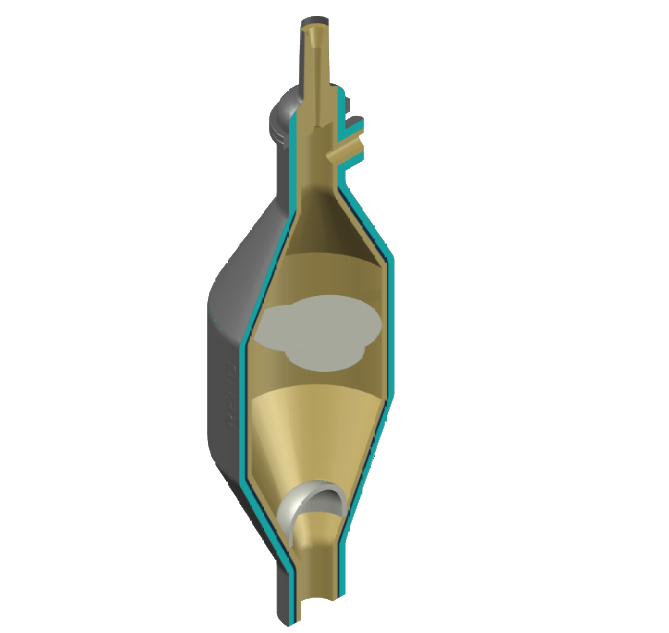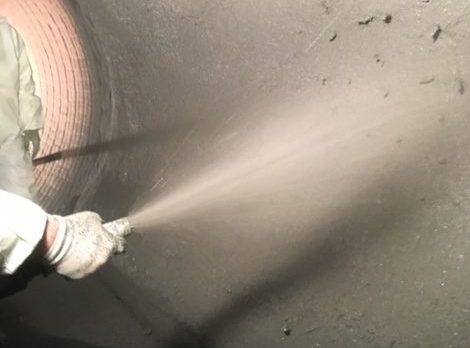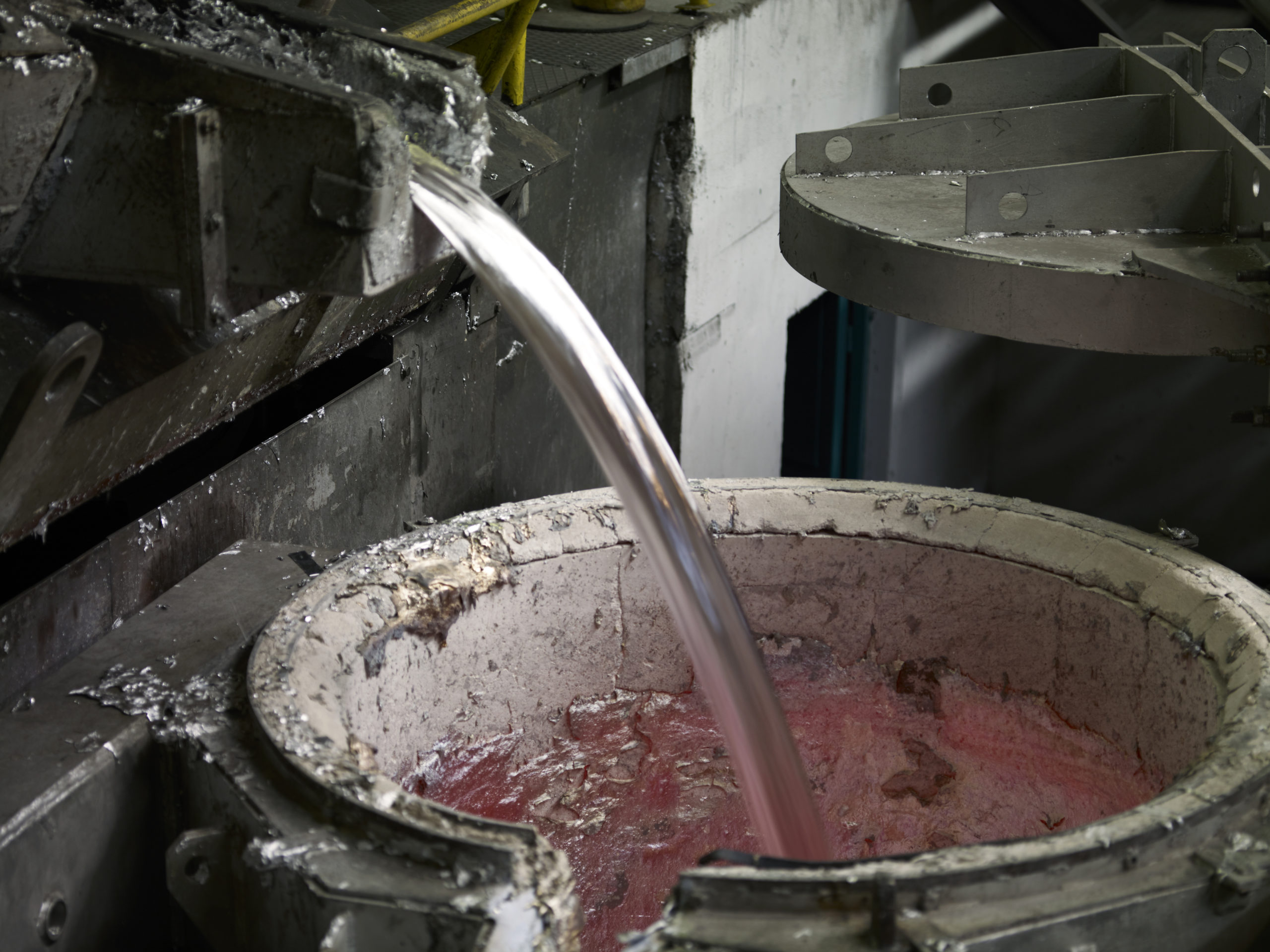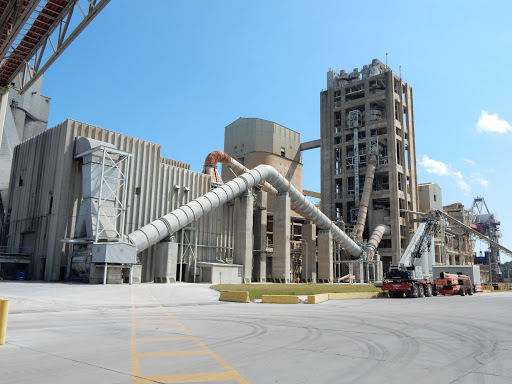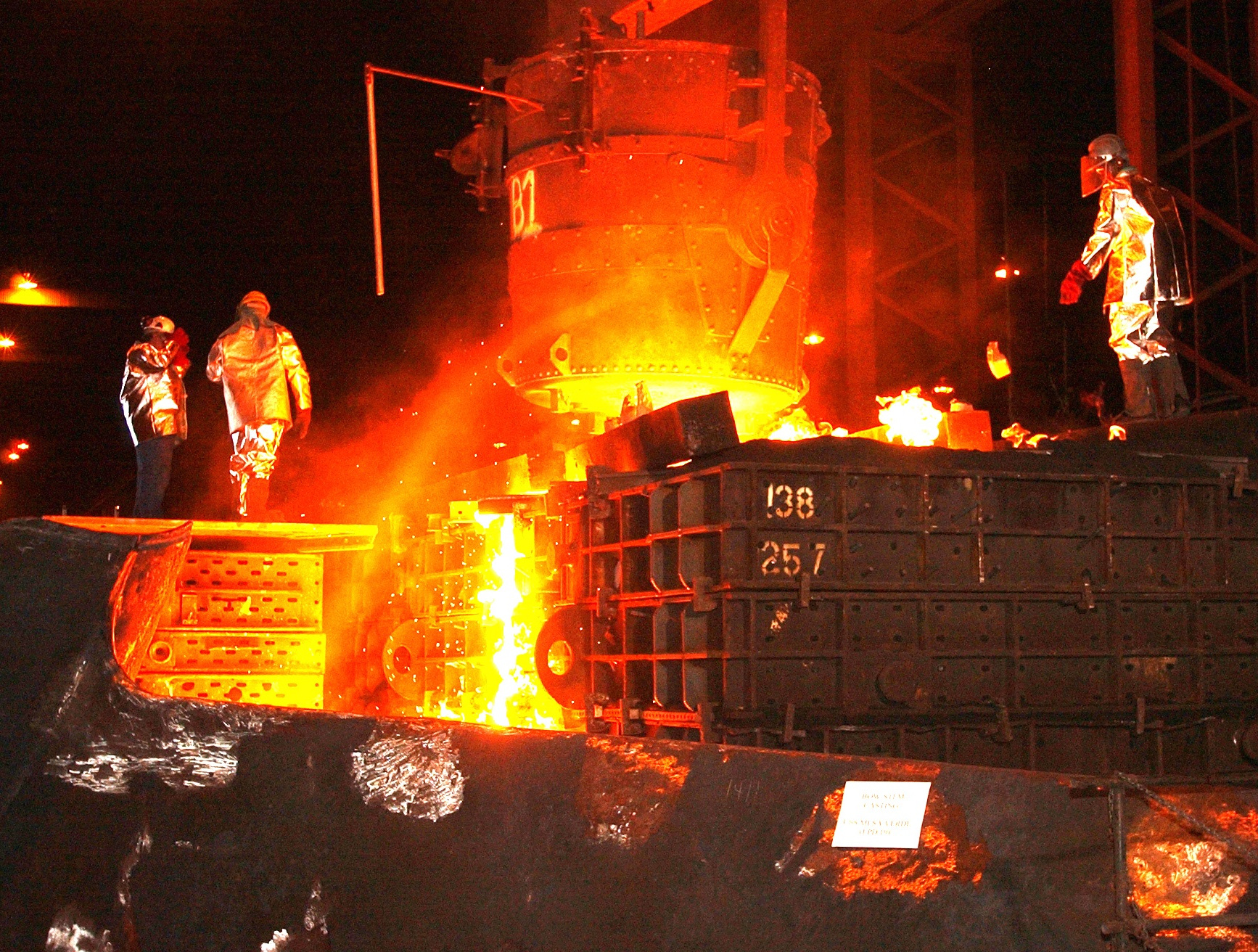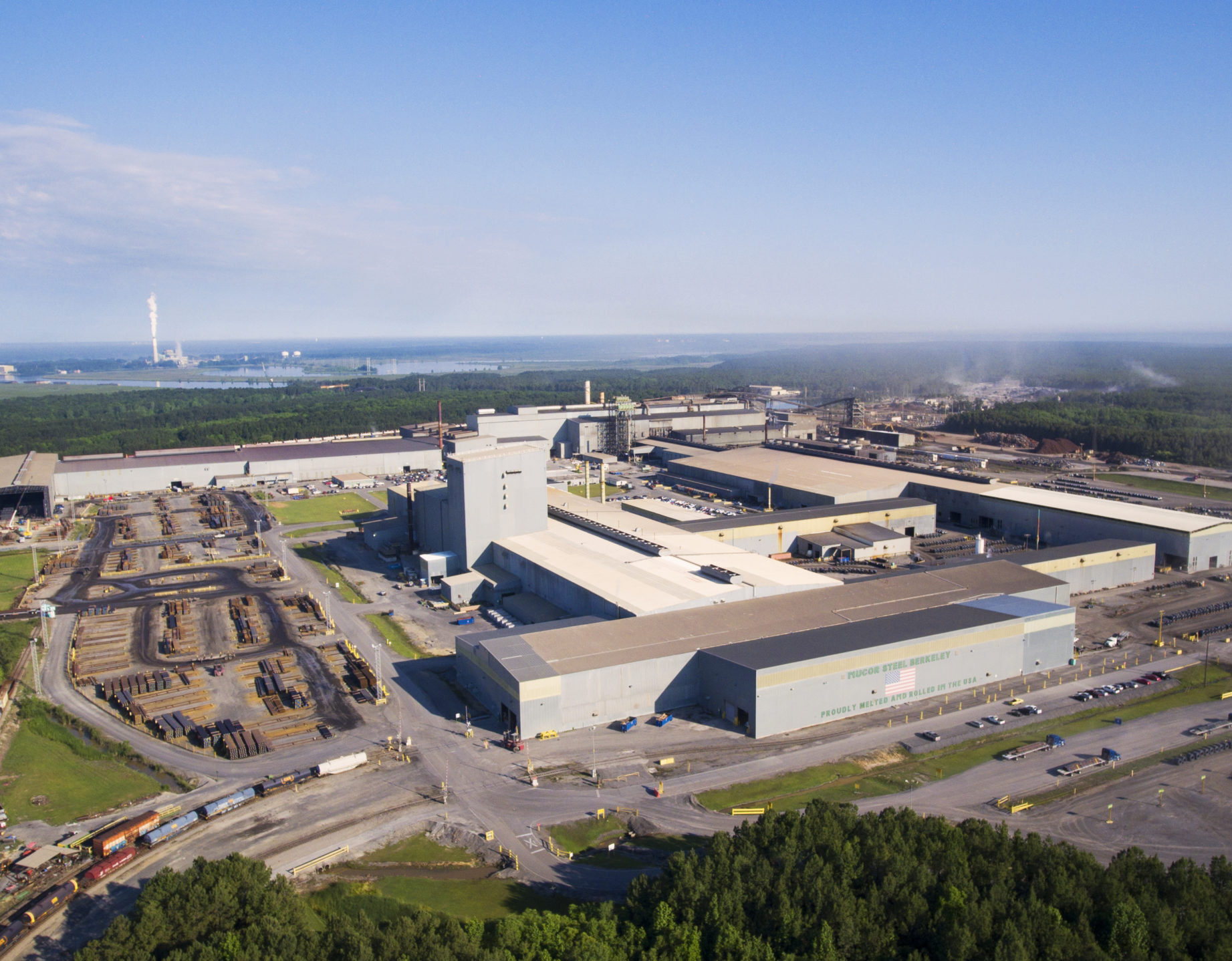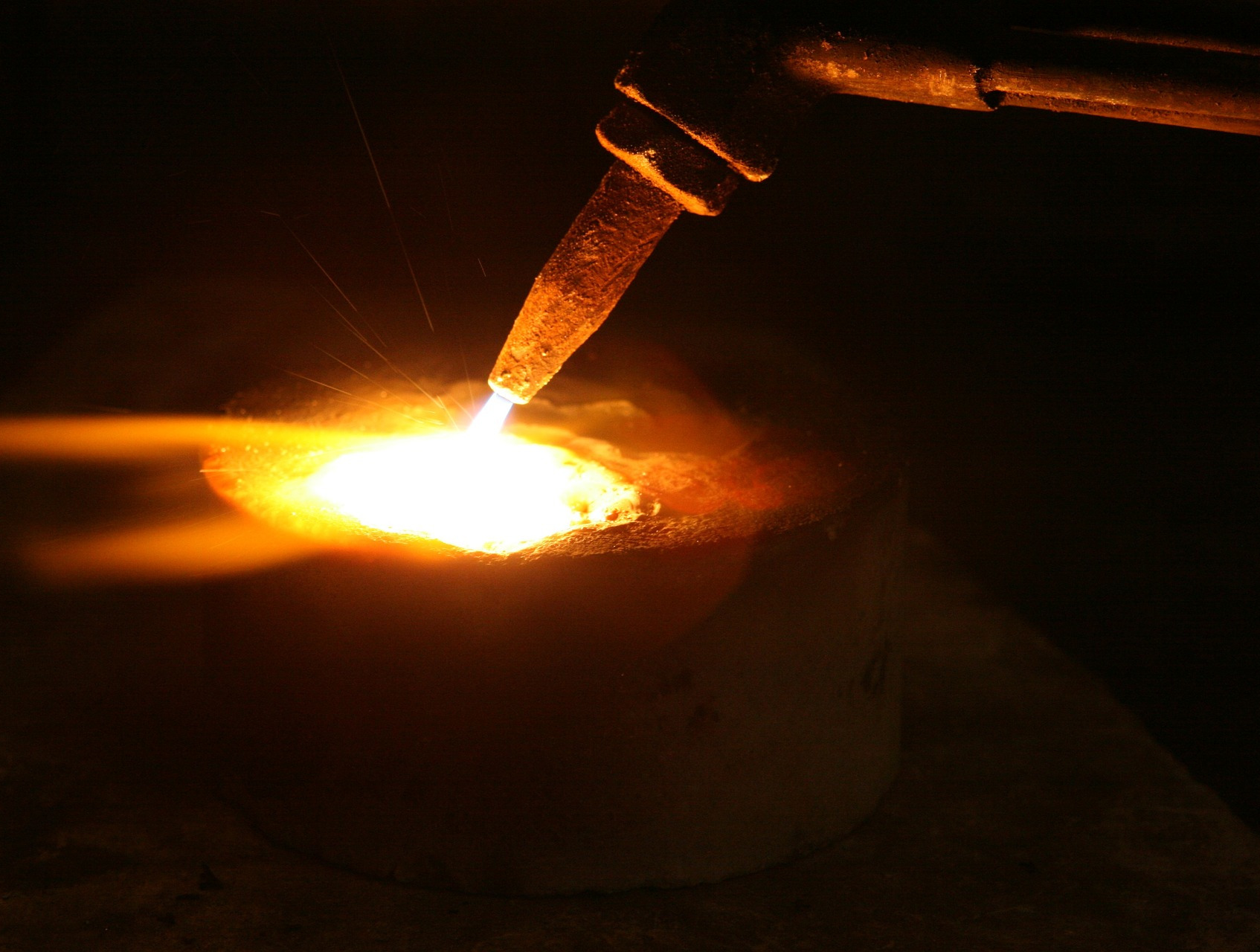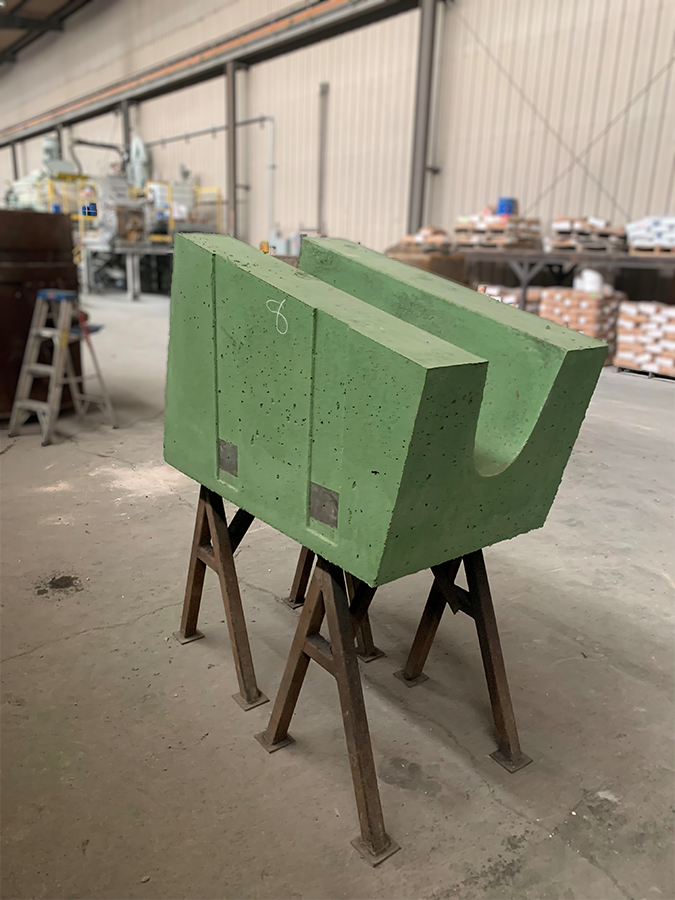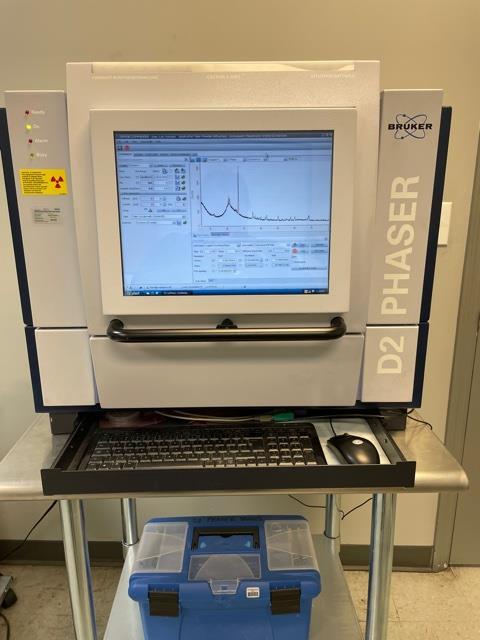Reno Refractories, Inc. has developed refractory materials to service industry requirements for the hydrocarbon processing industry. Reno Refractories, Inc.’s lightweight materials include high strength and low iron versions that can be cast, pneumatically gunned, pumped or shotcreted. Reno Refractories, Inc. also offers medium weight monolithic materials that include high strength, low iron and erosion-resistant, and extreme erosion-resistant.
In addition to a wide range of product types, Reno Refractories, Inc. offers monolithic products with a wide range of installation methods including include cast vibrating, gunniting, shotcreting/pumping, self-flow, hand pack/ramming, and troweling. A list of potential Petrochemical/HPI industry applications are outlined below. Monolithic refractories must withstand severe abrasion due to alumina catalyst, carbon monoxide exposure, carbon penetration, and thermal shock. Reno Refractories, Inc.’s monolithic refractories will provide superior performance under these conditions.
Circulating Fluidized Bed Boilers
Circulating fluidized bed (CFB) boilers use a variety of solid fuels, from biomass to refuse derived fuel (RDF), which produces reliable and efficient clean energy for power and industrial needs. Flexibility of fuels is the core of CFB technology which contribute to CO2 emissions reduction, whether they use local, alternative, renewable, or hydrocarbon based fuels to create energy.
Reno Refractories, Inc. provides comprehensive material selections for all types of refractory products with a variety of installation options including: casting, self-flow, shotcreting, gunning, ramming and hand packing.
In addition, Reno Refractories, Inc. provides technical support for our customers whether the applications are new installation or the maintenance of CFB boilers.
Conventional CFB
The refractory designs of Conventional CFB boilers typically have thin wall linings in areas where there are water wall tubes and headers. The adjacent hot loop sections of the CFB boiler such as the heat exchangers, ash coolers, cyclones, loop seals, loop seal ducts and outlet ducts are lined with thick wall linings using a combination of monolithic or brick designs.
Conventional CFB applications
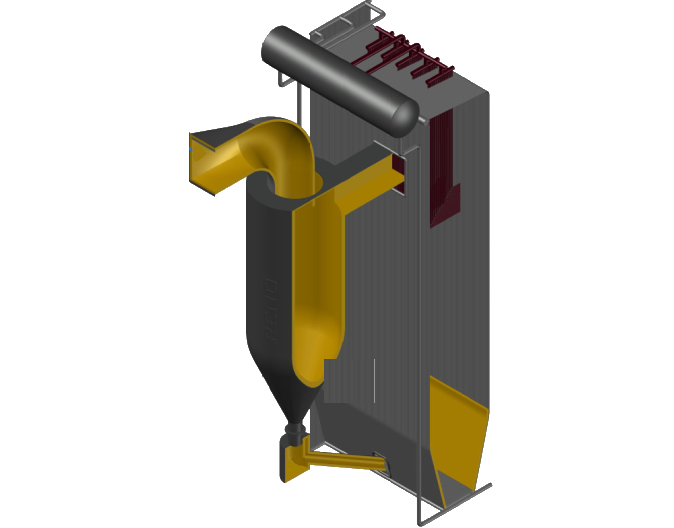
Lower Furnace
Heat Exchanger / Ash Cooler
Hot Face:
Reno ASAP Gun 60 ABRReno ASAP Cast 60 ABR Reno ASAP Pump 80 ABRReno ASAP Gun 60 FS
Backup Lining:
Compact CFB Boiler
The refractory designs of Compact CFB typically cover steam or water wall tubes which require thin wall abrasion resistant / alkali resistant linings in the hot loop of the boiler. The hot loop includes the combustor, inlet ducts, cyclone, loop seals, heat exchangers and flue gas duct.
Compact CFB applications
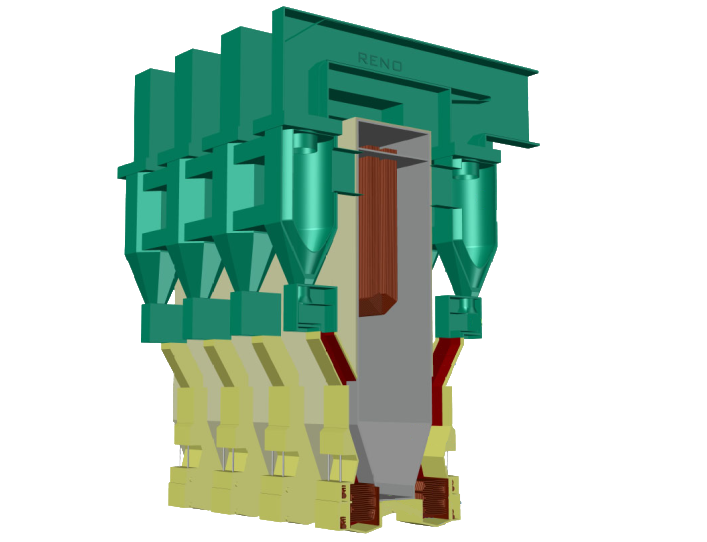
Flue Gas Duct
Hot Face
Reno Cast 110 Reno ASAP Gun 110 Reno Cast ES Reno ASAP Gun ES Reno ASAP Gun 60 ABR
Cyclone Inlet
Target Wall/Long Wall
Reno ASAP Gun 80 ABR Reno ASAP Pump 80 ABR Reno ASAP Cast 75 ABR Reno ASAP Pump 75 ABR Reno ASAP Gun 60 ABR
Seal Pot
Hot Face:
Reno ASAP Gun 60 ABRReno ASAP Cast 60 ABR Reno ASAP Pump 80 ABRReno ASAP Gun 60 FS
Backup Lining:
Ash Cooler & Heat Exchangers
Upper Furnace
Recirculation Chute
Biomass
Biomass boilers utilize biofuels which can be aggressive to refractory linings. The lining of these boilers use refractory materials which can be affected by the combination of thermal, mechanical and chemical loads. The thermal loads, up to 2200°F, or 1200°C with corrosion by alkaline compounds / slag, repeated thermal cycles, and abrasion which come from particles in the fuel.
Refractories for biomass boilers requires the selection of the appropriate products to ensure exceptional performance, max durability, and cost effectiveness. Choosing the correct refractory lining will significantly improve the efficiency and longevity of the refractory installed biomass boiler.
Reno Refractories, Inc. manufactures a variety of thermal, chemical and erosion resistant products.
Biomass applications
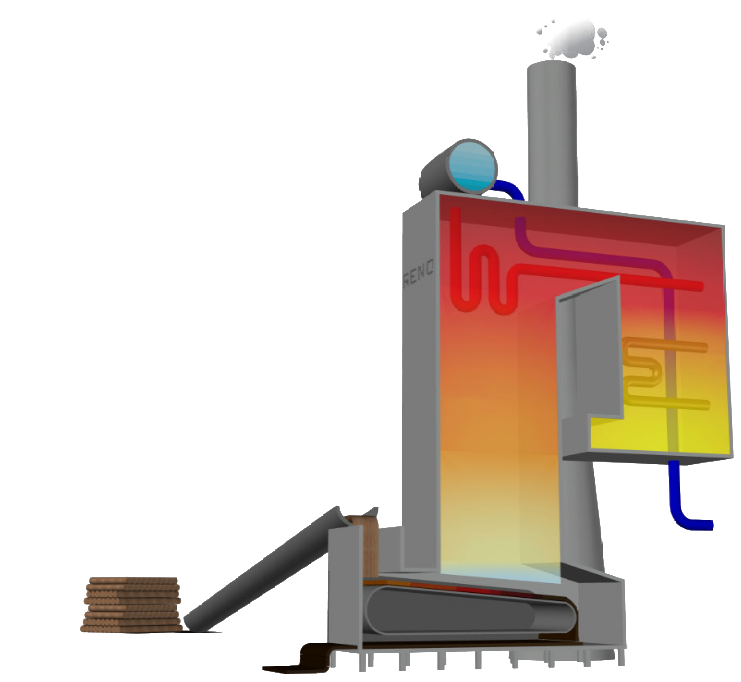
Fluidized Catalytic Cracking Units (FCCU)
Fluid Catalytic Cracking Unit (FCCU) uses a conversion process to refine heavy low-value petroleum fractions into lighter, more valuable products. Typical
FCCUs have run times of three to six years which puts more emphasis on the quality of refractory used in these processes.
The fluid catalytic cracker, or cat unit, is made up of six major sections. This includes the reactor & regenerator, transfer lines, internal cyclones, slide valves,
overhead lines, and the distribution rig/grid.
Reno Refractories, Inc. provides refractory solutions which improve energy & production efficiency while reducing downtime/costs due to abrasion, corrosion, and thermal shock of the refractory linings.
Fluidized Catalytic Cracking Units applications

Reactor Cyclones
Air Distribution
Regenerator Walls
Reno Cast 110 Reno ASAP Gun 110 Reno Cast 110 FF – Coming Soon Reno Cast ES Reno ASAP Gun ES
Regenerator Cyclones
Regenerator Plenum
Reno Cast 110 Reno ASAP Gun 110 Reno Cast 110 FF – Coming Soon Reno Cast ES Reno ASAP Gun ES
Process Fired Heaters
Fired heaters used in petrochemical processes range from hot oil heaters to cracking units. Heaters utilize elevated temperatures to function as designed. Refractory linings for process fired heaters act as thermal insulation to retain heat and a thermal barrier to protect the steel casing from damage due to exposure to the heat.
Reno Refractories, Inc. has a full line of monolithic refractory materials to line fired heaters.
Process Fired Heaters applications
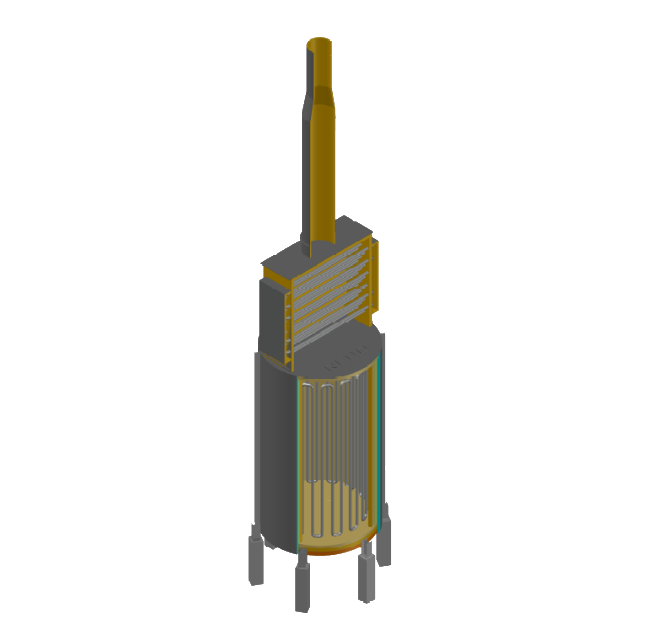
Stack
Breaching
Burner Block
Reno Liquibond 60 Reno ASAP Cast 75 ABR Reno ASAP Pump 80 ABR
Sulfur Recovery Unit
Refractory linings for Sulfur Recovery Unit (SRU) are insulation and wear protection to prevent damage due to exposure to the heat.
Reno Refractories, Inc. manufactures monolithic refractory materials are designed to provide exceptional reliability coupled with excellent thermal insulation properties resulting in less repairs and expanded unit availability.
Sulfur Recovery Unit applications
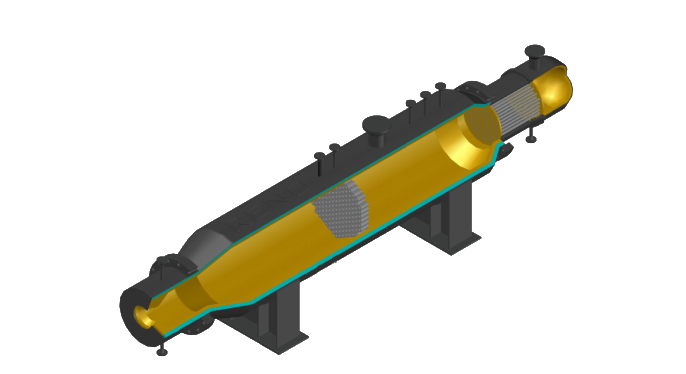
Tube Sheet
Carbon Black Reactor
Carbon Black process utilizes natural gas as well as other feed stock in combination with air, water and binders to create the end product. This process uses heated air and alkaline metal additives heated to 3000⁰F (1650⁰C). Using a process that needs to withstand high temperatures and pressure throughout manufacturing to minimize downtime and optimize overall operational efficiency for the manufacture of Carbon Black.
Reno Refractories, Inc. can provide monolithic materials that are high quality and dependable to ensure long term operation with minimal repairs.
Carbon Black Reactor applications

Combustion Chamber
Reno Cast 94 – Coming Soon Reno Gun 94 LI Reno Cast 97 Reno Cast 99 LC Reno Cast 9010 CRM
Reformer & Cracker
Refractory linings for Reformer and Cracker act as thermal insulation to retain heat and provide a thermal barrier to protect the steel casing from damage due to exposure to the heat.
Reno Refractories Inc. manufactures monolithic materials specifically for reformers and crackers.
Reformer & Cracker applications
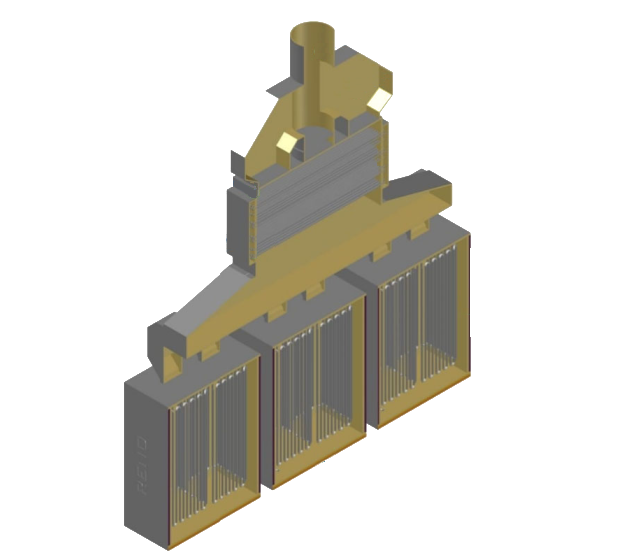
Stack
Breaching
Burner Block
Reno Liquibond 60 Reno ASAP Cast 75 ABR Reno ASAP Pump 80 ABR
Secondary Reformer
The refractory lining of Secondary Reformers experiences high temperature, high pressure, and chemical attack by the synthetic gas “SYNGAS” (Ammonia, Nitrogen, or Methanol) used in the process.
Reno Refractories, Inc.’s materials are designed to ensure the refractory linings used in the Secondary Reformer withstand the harsh environment throughout the production process.
Reno Refractories, Inc. precast shapes department can manufacture support dome precast shapes for the ultimate in strength for your secondary reformer.
Secondary Reformer applications
